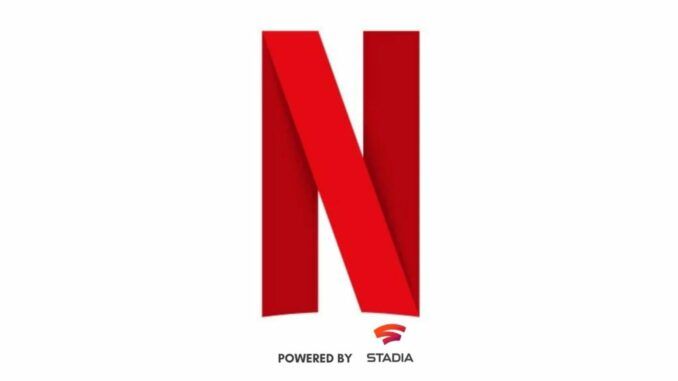
Ahh, yes, the death of Stadia was bittersweet. While I personally loved Stadia, it was obvious from the beginning that Stadia was going to be another failed endeavor. Google’s leadership can’t stay focused on one project for more than a few months. However, Netflix intends to fill Stadia’s shoes.
Mike Verdu, VP of game development at Netflix, stated at TechCrunch Disrupt last week, “We’re very seriously exploring a cloud gaming offering…” To make that statement clear, Netflix is still all-in on cloud gaming.
Netflix announced in November of 2021 that they were entering the gaming market. While the industry expected Netflix to take on Stadia or Xbox Cloud head-on, its debut splash was paltry at best.
Netflix entered the gaming arena by offering mobile games. To date, Apptopia estimates that only 1.7 million of its 221 million subscribers utilize Netflix’s bundled mobile games.
It should be noted that most of the games Netflix offers are based on IP that it already owns. Netflix has plenty of other mobile games currently in development as well. This is important to understand for arguments made further down this article.
Will Netflix Succeed Where Stadia Failed?
The horizon runs red with the blood of fallen services that have come before Netflix. The TLDR for the rest of this article is that Netflix has an uphill battle before it.
Stadia failed because of its business model. The gaming industry recognizes this, and though it’s a guess, it’s likely why Google killed Stadia.
Google’s thought process only worked in theory. It’s cheaper to ‘rent’ a Stadia subscription than to purchase a gaming PC or a console. However, that logic only works in the business world.
It’s common in the business world to have monthly operational expenses for things like cloud services. Cloud services, like AWS, are the new servers. Instead of plopping down five plus grand for a server, that cost is distributed over the life expectancy of a typical server.
Consumers won’t have any of that, however. They want to own their widgets. Buying into the Stadia ecosystem meant customers were renting hardware. They still needed to purchase games (that couldn’t be used anywhere else) on top of that rental fee. Stadia didn’t explain this well, and many potential customers thought they could stream any game when they wanted.
Nvidia and Microsoft Have Better Cloud Gaming Business Models
Nvidia attacks this business model with different messaging. Nvidia has made it clear from the beginning that you’re only renting hardware. GeForce Now differentiated itself from Stadia because it partnered with game-specific retailers like Steam. If customers decide to drop GeForce Now and buy a gaming PC, they won’t lose their game library.
Microsoft decided to go with the NetFlix model, however. Customers who subscribe to Xbox Game Pass Premium get an all-you-can-game buffet. Sadly, Microsoft is one of the few industry players with a pocketbook deep enough to pull this off. Negotiating rights to stream games is far more complicated than acquiring rights to stream movies and music. It helps that Microsoft owns and continues to purchase big names in the game industry.
Other cloud streaming platforms, like Shadow, exist, too. However, services like Shadow advertise themselves as a computer rental company – not a game streaming platform. Shadow indeed leans on that game streaming marketing rather heavily, but they make it clear that apps like Blender or Photoshop are capable of running on their cloud machines, too.
Netflix has none of this. Netflix doesn’t have rights to games that people want to play. While it has bargaining power in the entertainment industry, trying to participate in the gaming industry is a very different thing. Likewise, the gaming industry isn’t as consolidated as movies and music, so they will need to negotiate many more deals.

Be the first to comment